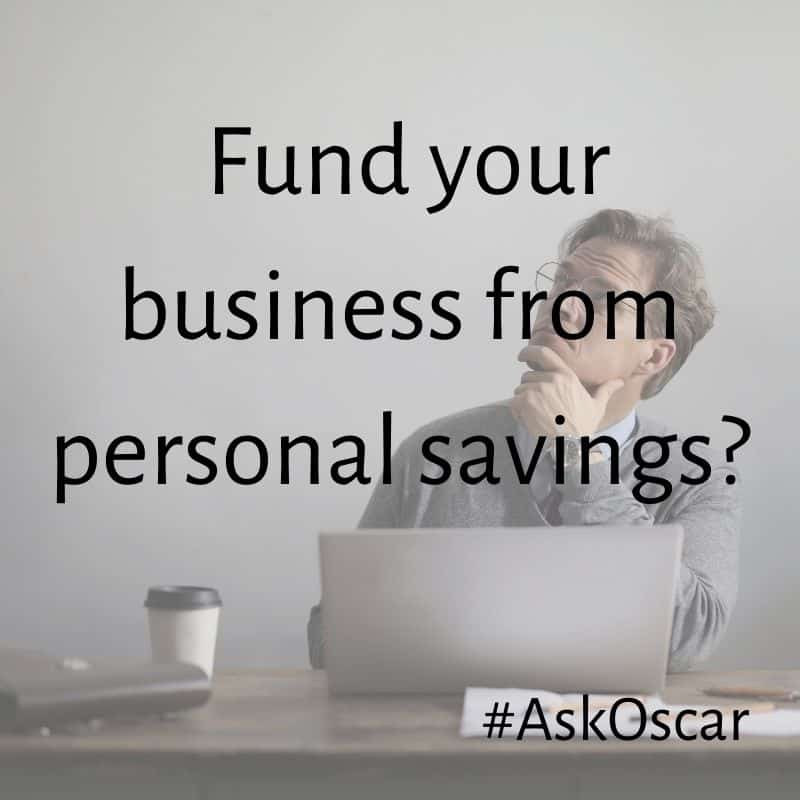Is there a financial gain?
Taking money from a personal savings account and lending to your company makes financial sense only if it can either use the money to reduce costs or to earn interest that’s greater than the interest you’ll be giving up. For example, say your company pays interest of 8% p.a. on an overdraft of £20,000. Meanwhile, you have £30,000 in various accounts with banks and building societies earning less than 1%. If you lent your company enough to clear the overdraft there will be a net annual financial gain for it of around £1,400. You can extract this from your company in a number of ways, for example by charging it interest.
Interest paid and corporation tax
Whether your company pays interest to you or the bank its tax position is broadly the same. A loan or similar facility, e.g. an overdraft, is dealt with through the “loan relationship” tax regime. This means the interest you charge isn’t directly deductible from its profits. Instead it counts as a loan relationship debit. This can limit the situations when it can be deducted from profits. However, where the money you lend your company simply replaces that which it borrowed from the bank etc., it won’t lose any tax relief.
Trap. Your company must deduct income tax of 20% from any interest it pays you. However, you receive an equal credit against your tax liability which means the deduction is tax neutral for you.
Getting your hands on the money
Having reduced your company’s interest costs (and probably overdraft or loan arrangement fees) it’s reasonable for you to share in the bounty. Taking it as dividends for once isn’t the most tax-efficient option. Instead, your company can pay you interest at considerably higher rates than you can earn from the bank. The advantage over dividends is that it’s tax deductible for your company.
Personal tax – interest v dividends
Like dividends there’s no NI liability on interest payments your company makes to you. Also there’s a zero-tax rate band for interest.
Tip. The chances are that as a company owner manager you’ll have taken enough dividends already to use your nil rate band (£2,000 per tax year). But you’re far less likely to have used your interest zero-rate band. This so-called savings allowance is £1,000 for basic rate taxpayers and £500 for higher rate payers. This gives interest a clear advantage.
Example. As a higher rate taxpayer, a £1,000 dividend would give you a net income of £675. But for the same net cost to your company it could pay you interest of £1,234 (that’s equivalent to £1,000 of interest corporation tax relief at 19%), which after the higher rate tax leaves you with a net £740.
Tip. If you’re married or have a civil partner and they aren’t using their savings allowance in full, the tax saving can be increased if they also lend to your company so it can reduce its borrowing.
#AskOscar: What’s the most tax efficient approach? Your company’s tax position is the same for interest payments it pays to you as it is for interest paid to a bank. If it can reduce these it will be better off. You can leave the saving in the company or extract some or all of it. The most tax-efficient way to do this is by charging your company interest.
Request a call back from
our friendly team >>
About Oscar Fairchild
Oscar Fairchild is an experienced accountancy and bookkeeping practice based in Billericay, Essex. We offer a comprehensive range of services including Self-Assessment, Annual Returns, VAT Returns, Credit Control, Payroll, Auto Enrolment Pensions, and Management Accounts. We work with SMEs, businesses in the construction sector, and a wide range of industries in between – including licensed London taxi drivers – across London, Essex, and Hertfordshire.
Contact us today to learn how our flexible, outsourced accountancy and bookkeeping services can provide reliable, expert support for your business.









